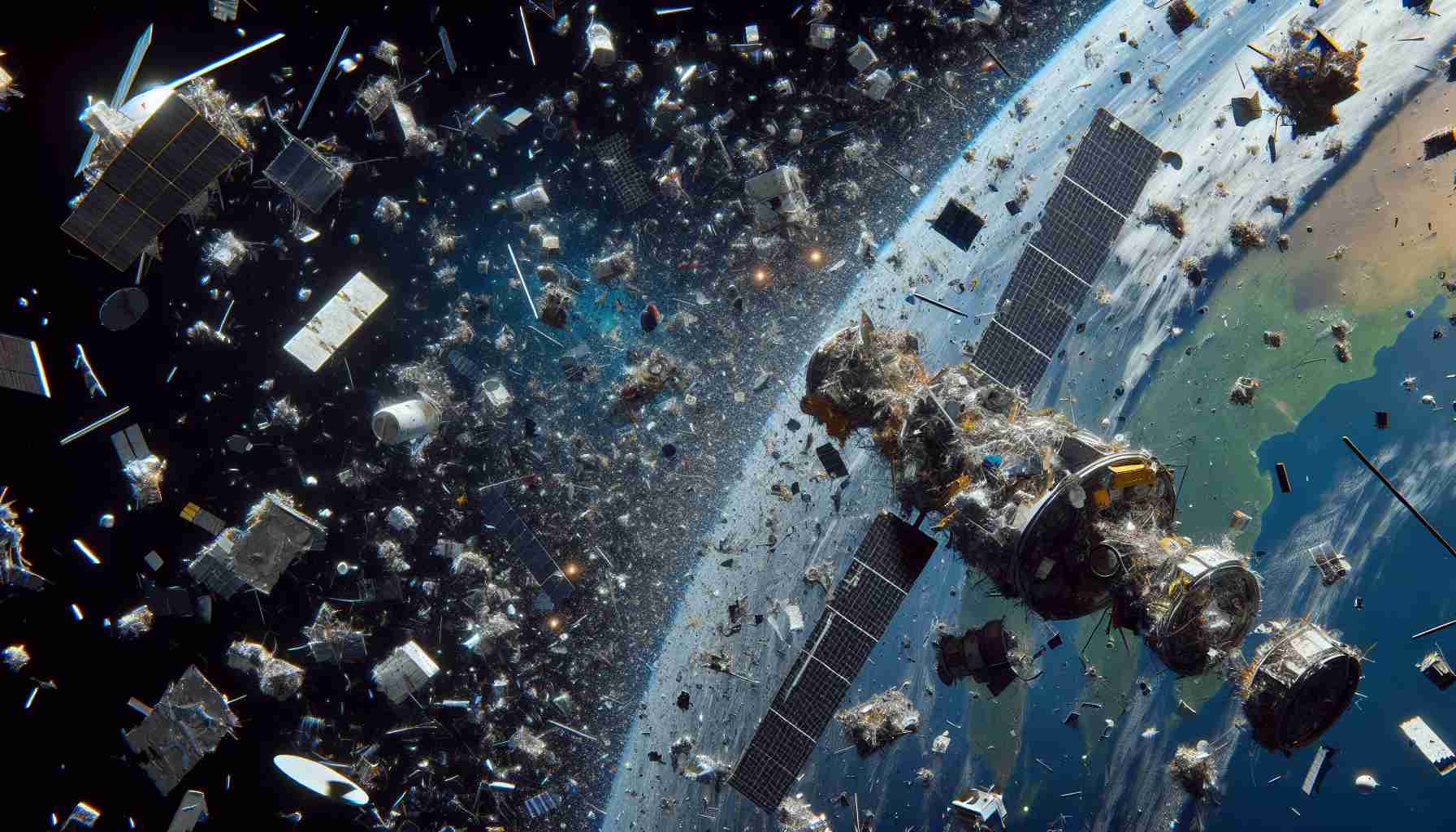The vastness of our universe is now populated by an unsettling number of inactive satellites and discarded objects left by humankind. Estimates suggest that approximately 3,000 defunct satellites are orbiting Earth alongside a staggering 34,000 pieces of space debris. This debris, remnants of our expeditions beyond Earth, has emerged as a growing concern as we plan more ambitious journeys to the Moon and Mars.
As humanity seeks new frontiers, the question of what happens to organic matter in the unforgiving environment of space arises. In the absence of oxygen, the biological breakdown of human remains slows dramatically, posing a challenge for any potential decomposition. So far, only a handful of individuals have perished in the vacuum of space, yet their bodies were returned to Earth for burial, isolated from the potential of decay.
Metal and other inorganic materials face their own struggles when abandoned in space. Decomposition, if it can be called that, occurs at an incredibly sluggish pace, primarily influenced by the proximity to Earth’s atmosphere. Debris found in lower orbits may experience some breakdown due to atmospheric friction, but as objects drift further into the vacuum, they encounter minimal forces that facilitate degradation.
The reality stands stark: without significant action, the legacy of our space activities may clutter the cosmos for centuries, heightening risks for future space travelers and missions. The urgent need for responsible practices in outer space has never been clearer.
FAQ Section
What is space debris?
Space debris refers to man-made objects in orbit around the Earth that are no longer functional. This includes defunct satellites, spent rocket stages, and fragments from collisions or disintegration. Currently, it’s estimated that there are around 34,000 pieces of such debris in orbit.
How many inactive satellites are currently in orbit around Earth?
Approximately 3,000 defunct satellites are orbiting Earth, contributing to the growing problem of space debris.
What happens to organic matter in space?
In the absence of oxygen, organic matter, such as human remains, decomposes very slowly in space. The lack of atmospheric conditions means that biological processes that promote decay are significantly hindered.
Have humans ever died in space?
While only a few individuals have died in the vacuum of space, their bodies were returned to Earth for burial, preventing any potential decomposition in space.
How does space debris decompose?
Decomposition of inorganic materials in space occurs at an extremely slow rate and is influenced by exposure to the Earth’s atmosphere. Objects in lower orbits may experience minor breakdown due to atmospheric friction, but those further into space encounter minimal forces that aid degradation.
Why is space debris a concern for future space missions?
The presence of space debris poses risks for future space travelers and missions, as the clutter may lead to collisions and further complications in navigation and safety.
What can be done about space debris?
There is an urgent need for responsible practices in space to manage and mitigate the creation of debris. This can include strategies like improving spacecraft disposal methods, developing technologies to remove existing debris, and creating international agreements for sustainable space exploration.
Key Terms
– **Space Debris**: Non-functional man-made objects in orbit around Earth, including defunct satellites and fragments from previous space missions.
– **Organic Matter**: Material that originates from living organisms, which decomposes naturally under normal conditions on Earth.
– **Decomposition**: The process by which organic substances are broken down into simpler organic or inorganic matter.
Related Links
NASA
ESA
Space.com
SpaceX
